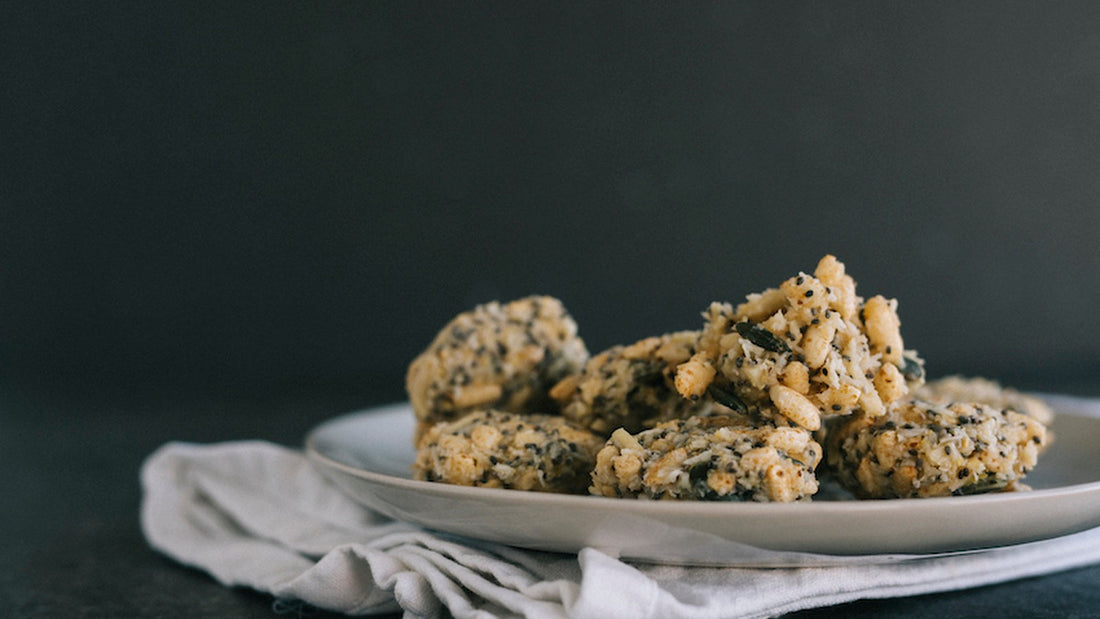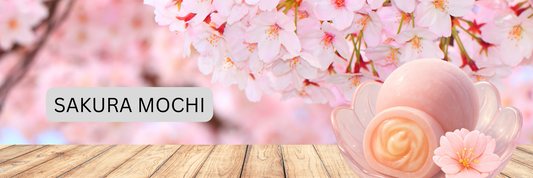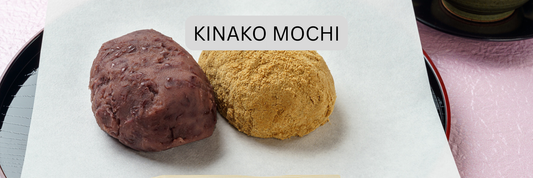Craving a crunchy snack that actually supports your health? High fiber crackers can be a game-changer. In this article, you’ll discover what makes a cracker high in fiber, best high fiber snack crackers to buy, and how to make high fiber crackers at home. If you’re aiming for dietary fiber, better digestion, or smarter snacking, this is your one-stop resource.
Top Store-Bought High Fiber Crackers
Below is a table of recommended high fiber crackers to try. Use this as your starter selection when writing the full article:
| Brand / Product | Fiber (g) per Serving | Key Ingredients / Highlights | Notes / Tradeoffs |
|---|---|---|---|
| GG Scandinavian Fiber Crispbread | ~4 g | Bran, rye, wheat, simple ingredients | Very crisp, minimal flavor |
| Flackers Savory Flax Seed Crackers | ~9 g | Flax, seeds | Dense, strong seed flavor |
| Wasa Whole Grain Crispbread | ~6 g (for serving) | Whole grain rye / wheat | Crisp and thin, good base |
| Ryvita Crispbread | ~4–6 g | Rye-based | multiple flavors, good shelf life |
| Mary’s Gone Crackers / Super Seed | ~3 g | Whole grains + seeds | Allergy-friendly, somewhat fragile |
| Triscuit (Original) | ~3 g | Whole wheat | Widely available, moderate fiber |
| Others (Grains First, Hu, Fat Snax) | ~3–4 g | Mixed grains / seed blends | niche / specialty brands |
After each listing, include a 2–3 sentence commentary: e.g. “GG is one of the highest fiber crispbreads you’ll find, with minimal ingredients, but it may be too dry for some tastes.” Use qualitative user feedback or reviews (if available) to support.

Homemade / DIY High Fiber Crackers
Benefits of Making Your Own
When you bake your own crackers, you control every ingredient—avoiding additives, hidden sugars, or excess salt. You can tailor flavor, texture, and fiber sources (e.g. focusing on chia, flax, oat bran, seed mix). Homemade crackers also allow experimentation (e.g. savory vs sweet, fermentation, thickness) and are ideal for allergy customization (gluten-free, nut-free, etc.).
Key Ingredients & Ratios
A balanced base might include:
- ⅓ – ½ cup ground flaxseed
- ⅓ cup chia seeds (or chia meal)
- ⅓ cup whole grain flour or oat flour
- ¼ – ½ cup seed mix (sunflower, sesame, pumpkin)
- Water / binding liquid (e.g. ¼–⅓ cup + more)
- Seasoning (salt, herbs, spices)
Adjust ratios so the dough is workable but not too wet. The flax and chia expand with water, helping bind the structure without too much flour.
How to make high fiber crackers: Step-by-Step
- Preheat oven to ~325°F (160–165°C).
- In a bowl, combine ground flax, chia, seed mix, a pinch of salt & optional herbs.
- Add water gradually, stir until a thick paste forms. Let sit 5–10 minutes for hydration.
- Spread thinly on parchment-lined baking sheet (aim for ~1–2 mm thickness).
- Use a knife or pizza cutter to lightly score lines for breaking.
- Bake ~20–30 min; then reduce heat (or turn off) and let crackers dehydrate/dry for additional 10–20 min.
- Cool fully, break apart, and store in airtight container.
Tips:
- Bake in lower heat to avoid burning seeds
- Make sure thickness is uniform
- Optionally sprinkle extra seeds or coarse salt on top
- Use a second rack or rotate trays for even baking
- Store with silica pack or in very dry environment
You can also include variations: adding oat bran, whole wheat flour, psyllium husk, or flavorings (garlic, rosemary, cheese, cinnamon).
Understanding Fiber & Its Importance
What Is Dietary Fiber (Soluble vs Insoluble)
Dietary fiber is the part of plant-based foods that our digestive systems cannot fully break down. Instead of being absorbed, fiber passes through the gut, providing multiple health benefits. Soluble fiber dissolves in water and forms a gel-like substance—slowing digestion and helping regulate blood sugar and cholesterol. Insoluble fiber, in contrast, remains intact, adding bulk to stool and promoting regular bowel movements. A balanced intake of both types is ideal. Crackers with ingredients like oats, psyllium, flax tend to contribute soluble fiber, while bran, whole grain, seed hulls often contribute insoluble fiber.

Health Benefits of Fiber
Fiber supports digestive health by keeping bowel movements regular and preventing constipation. It also promotes a healthy gut microbiome by feeding beneficial bacteria. Soluble fiber can reduce LDL (“bad”) cholesterol and may improve blood sugar control—especially useful for people managing diabetes. Furthermore, high fiber intake increases satiety, helping with appetite control and weight management. Numerous epidemiological studies show that diets rich in fiber correlate with lower cardiovascular disease risk, better metabolic markers, and reduced all-cause mortality.
How Much Fiber Is Enough?
The recommended daily fiber intake varies by country, but general guidelines suggest 25–30 grams per day for adults. Many people fall short. High fiber crackers can help chip away at that goal. When evaluating crackers, aim for items that provide at least 3 grams of fiber per serving (or ~10% Daily Value). Using fiber-rich crackers as snacks or part of meals can help sustain intake without relying solely on vegetables or legumes.
What Makes a Cracker “High Fiber”?
Fiber Thresholds & Label Claims
Not every “whole grain” cracker is truly high in fiber. A product should deliver a meaningful amount: look for ≥ 3 g fiber per standard serving or a “good source of fiber” claim on the label. Some “excellent source of fiber” claims require 5 g or more. Always check the nutrition facts for fiber grams, and confirm serving size matches what you're likely to eat.
Ingredients to Prioritize & Avoid
Ingredients such as whole wheat flour, wheat bran, oat bran, flaxseed meal, chia seeds, psyllium husk, whole grain rye often contribute fiber. Seed inclusion (sunflower, sesame, pumpkin) adds texture and micronutrients. On the flip side, watch out for crackers with refined flours, excess sugar, maltodextrin, artificial ingredients, hydrogenated fats. These may dilute the fiber impact or introduce unhealthy elements.
Baking / Processing Effects on Fiber
Fiber itself is generally stable under baking temperatures. However, processing methods that strip bran layers or over-refine flour can reduce fiber content. Also, very thin, highly processed crackers may lose structural benefits (they may yield less effective fiber per bite). Choosing crackers with coarser, intact fibers (e.g. bran flakes or seed matrix) helps preserve fiber efficiency.
FAQ Section (Sample “People Also Ask”)
-
What is a high fiber cracker?
A high fiber cracker is one that delivers a meaningful amount of dietary fiber (often ≥ 3 g per serving) and uses ingredients like whole grain, bran, seeds, and fiber-rich flours. -
How many grams of fiber should crackers have to be considered “high fiber”?
A general rule is at least 3 g per serving (or ~10% daily value). Some “excellent source” claims require 5 g or more. -
Are seed crackers healthier than grain crackers?
Seed crackers often offer concentrated fiber and healthy fats, but whole grain crackers may offer more balanced nutrition (including complex carbs, micronutrients). The best choice depends on ingredient quality and overall macros. -
Can you make high fiber crackers at home?
Yes — using flax, chia, oat bran, whole grain flours, and seeds, you can create DIY high fiber crackers. Benefits include control over ingredients and flavor customization. -
Do high fiber crackers help digestion?
Yes — by contributing soluble and insoluble fiber, they support bowel regularity, increase stool bulk, and feed beneficial gut bacteria, but any increase should be gradual with sufficient water. -
Are there gluten-free high fiber crackers?
Absolutely — many brands and DIY recipes use gluten-free grains (oats, buckwheat, rice) or seed-based bases, ensuring both fiber and allergen-friendly attributes.
Read More:







